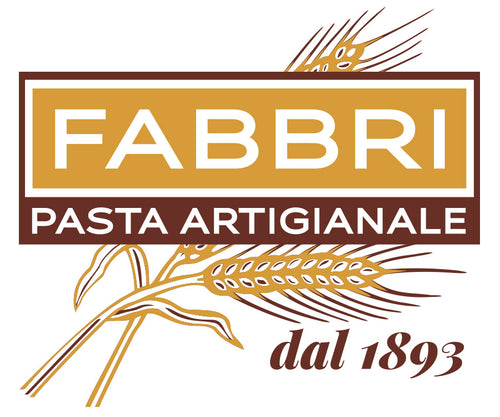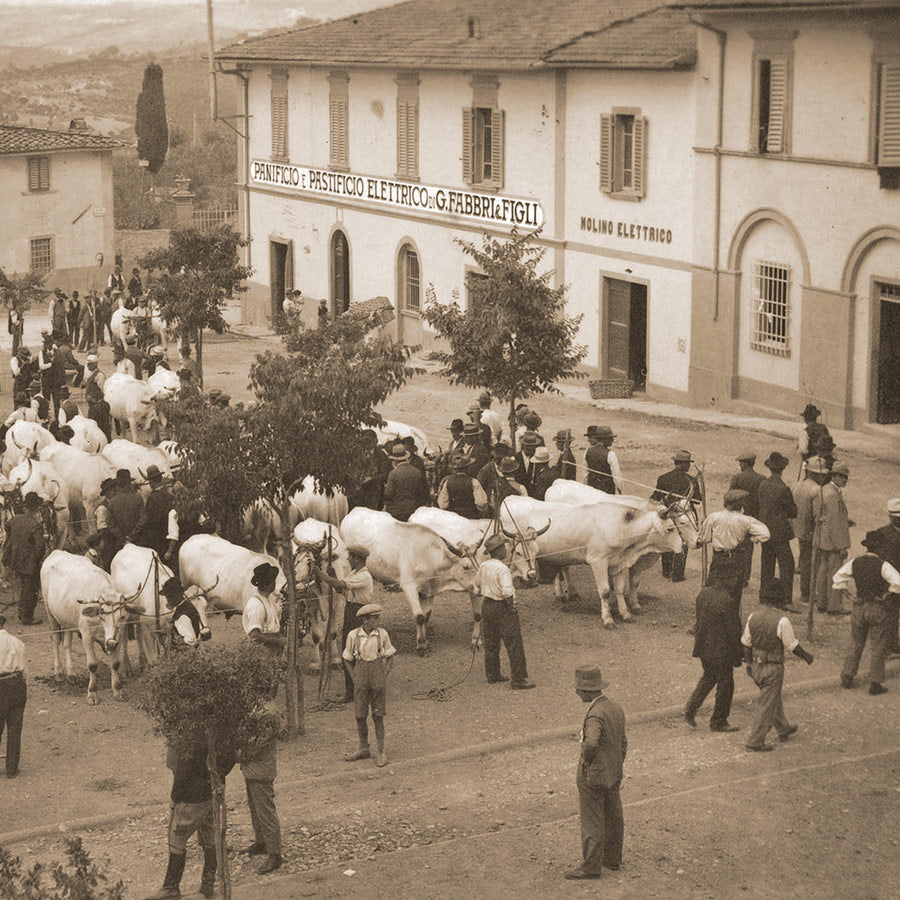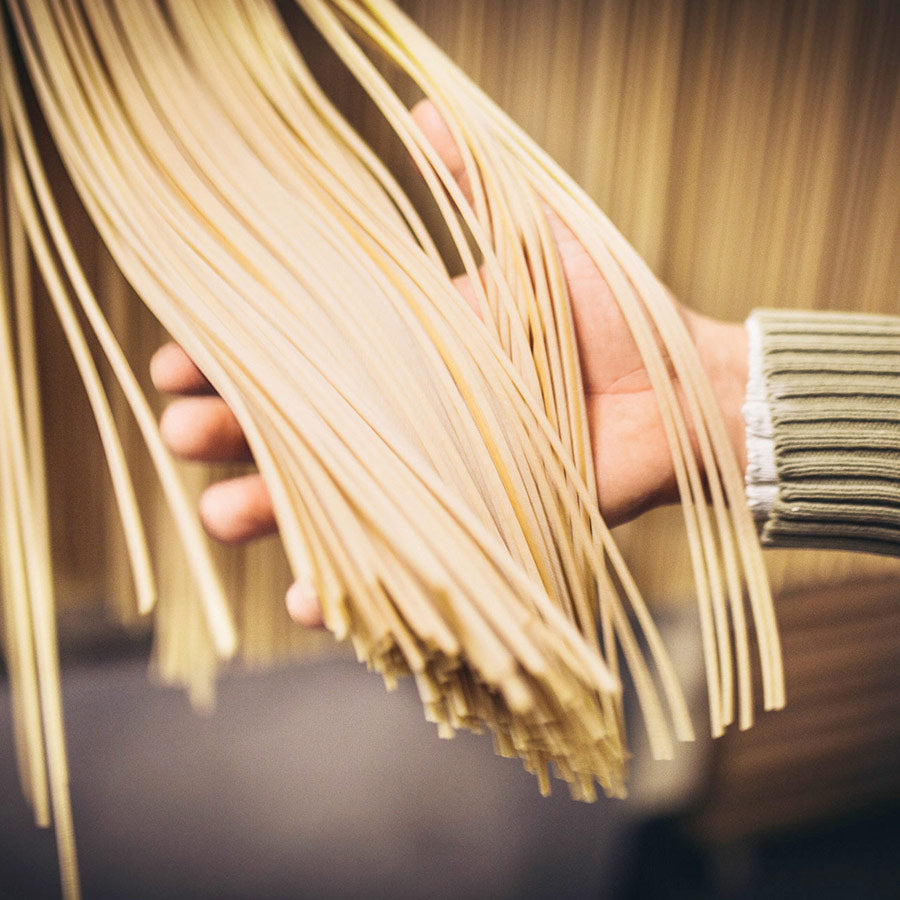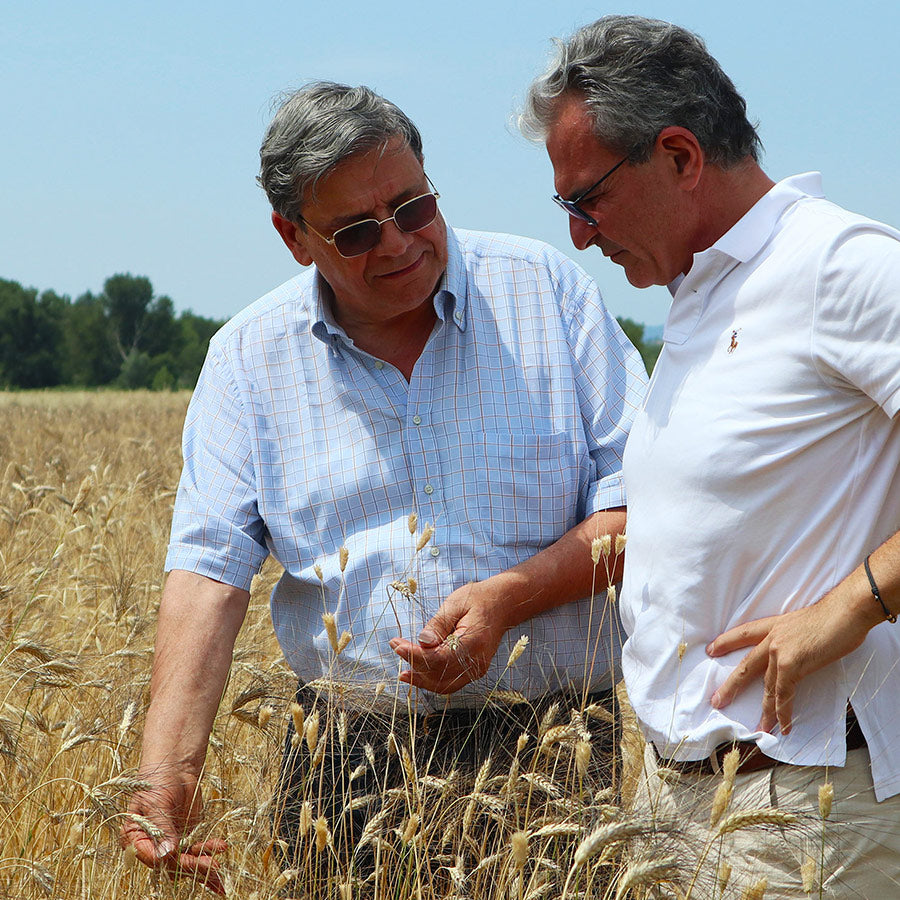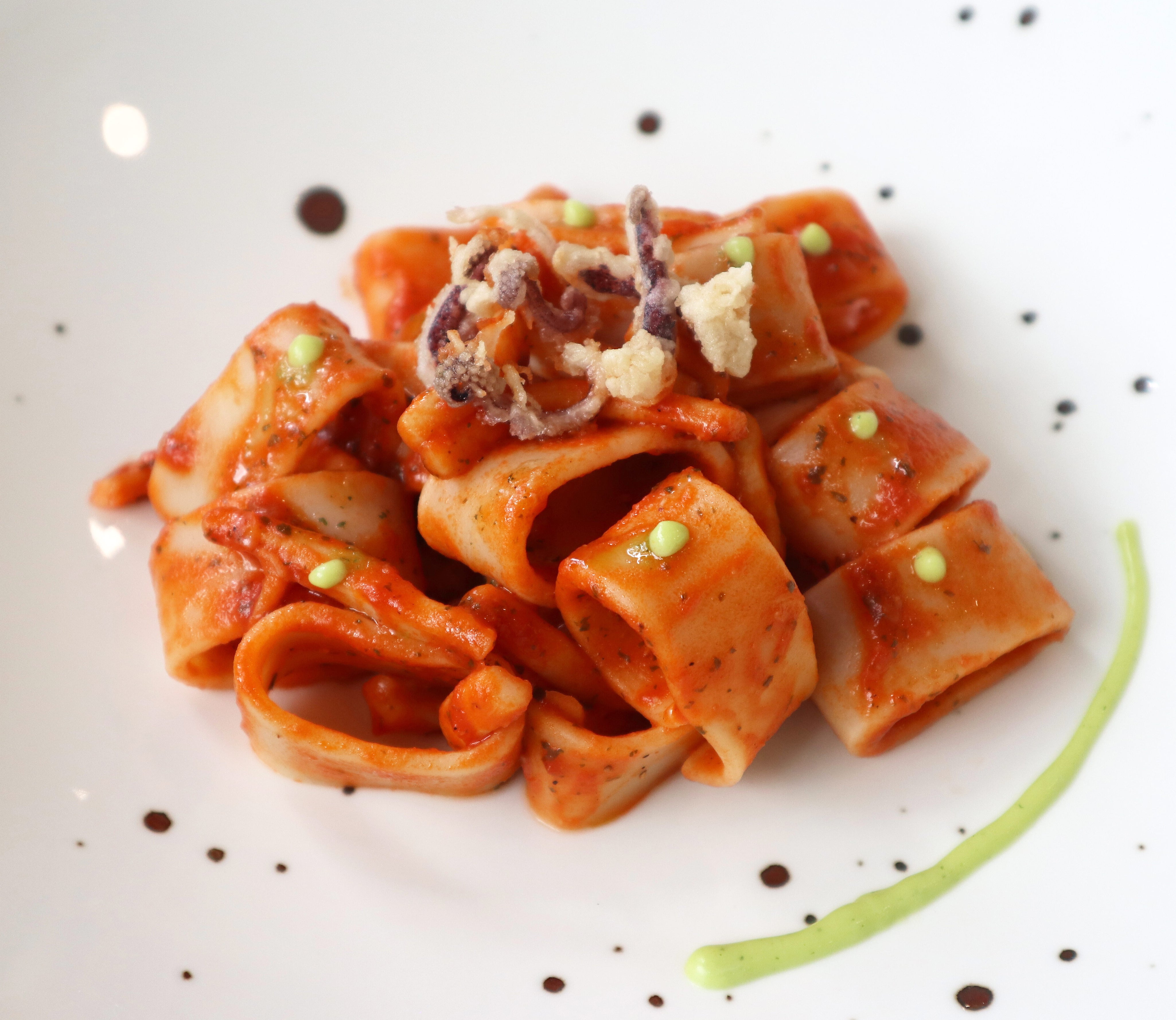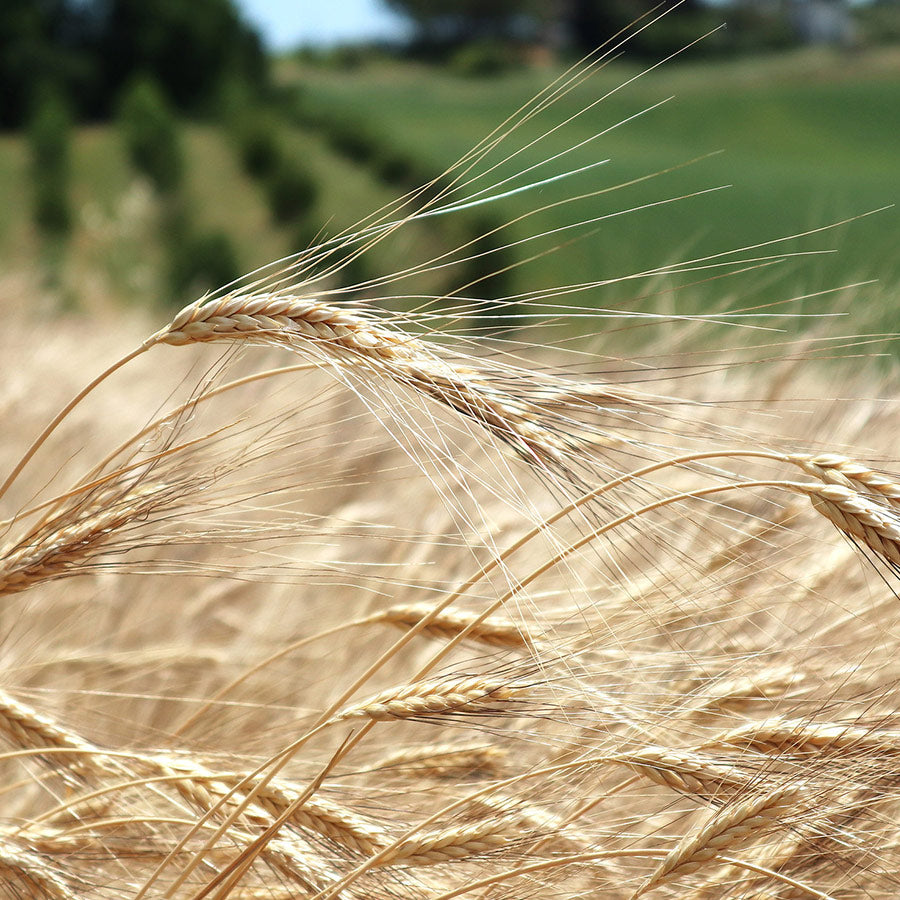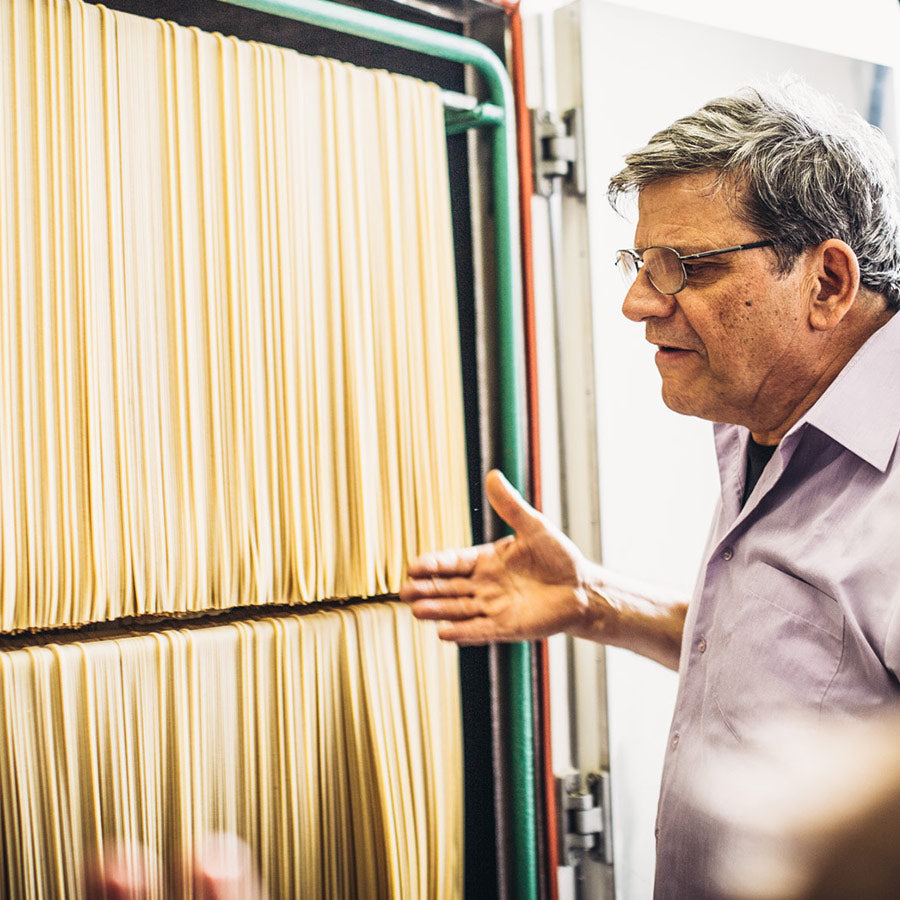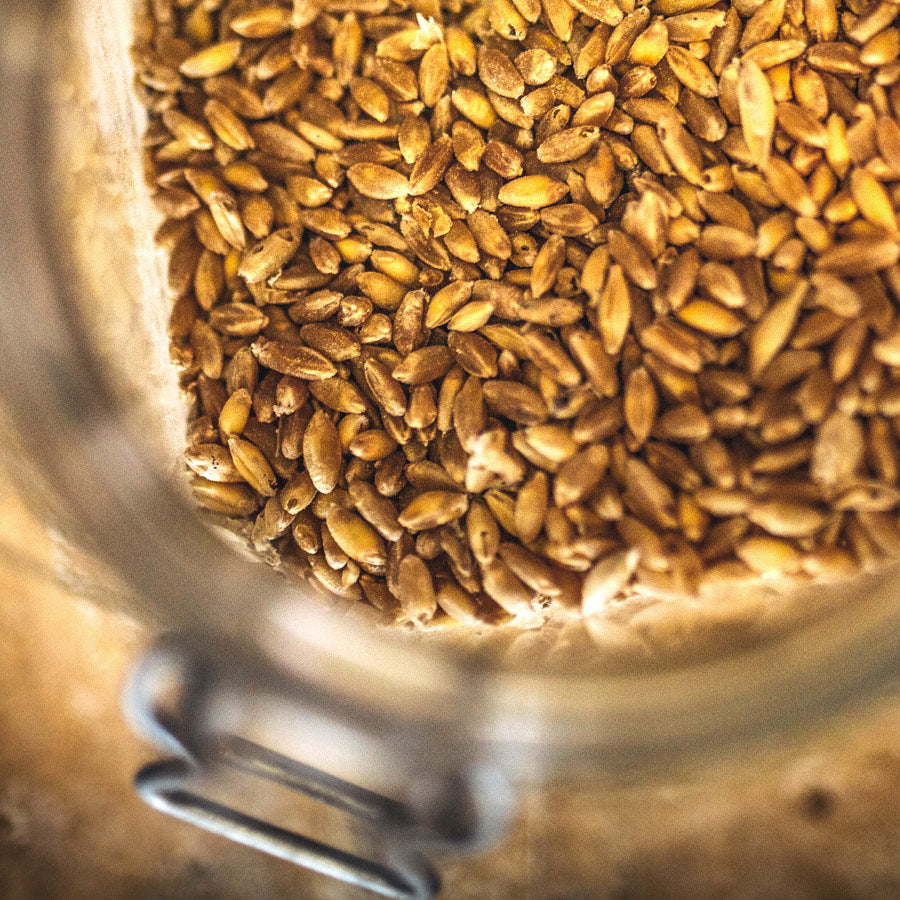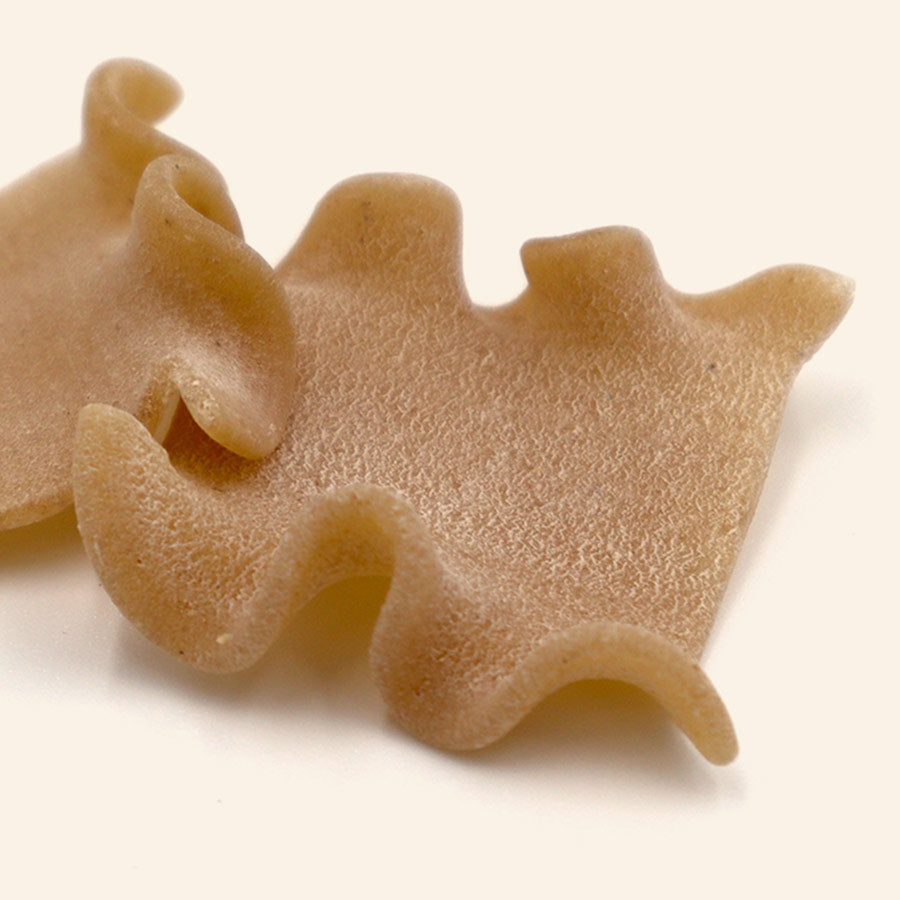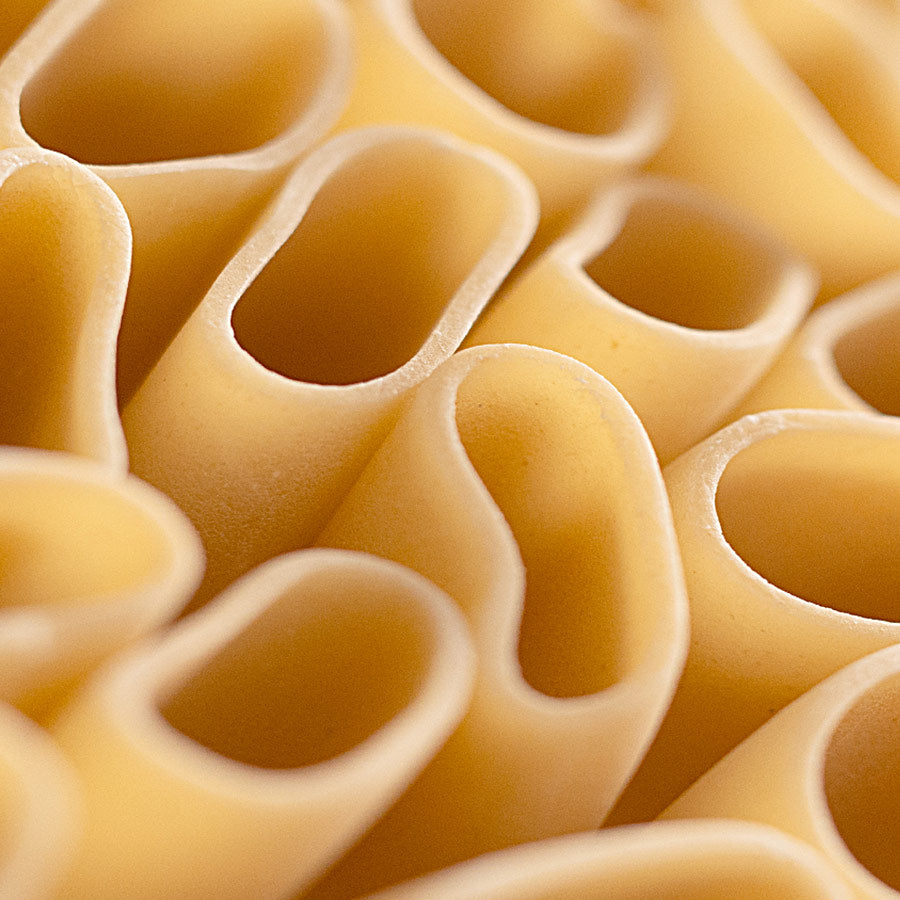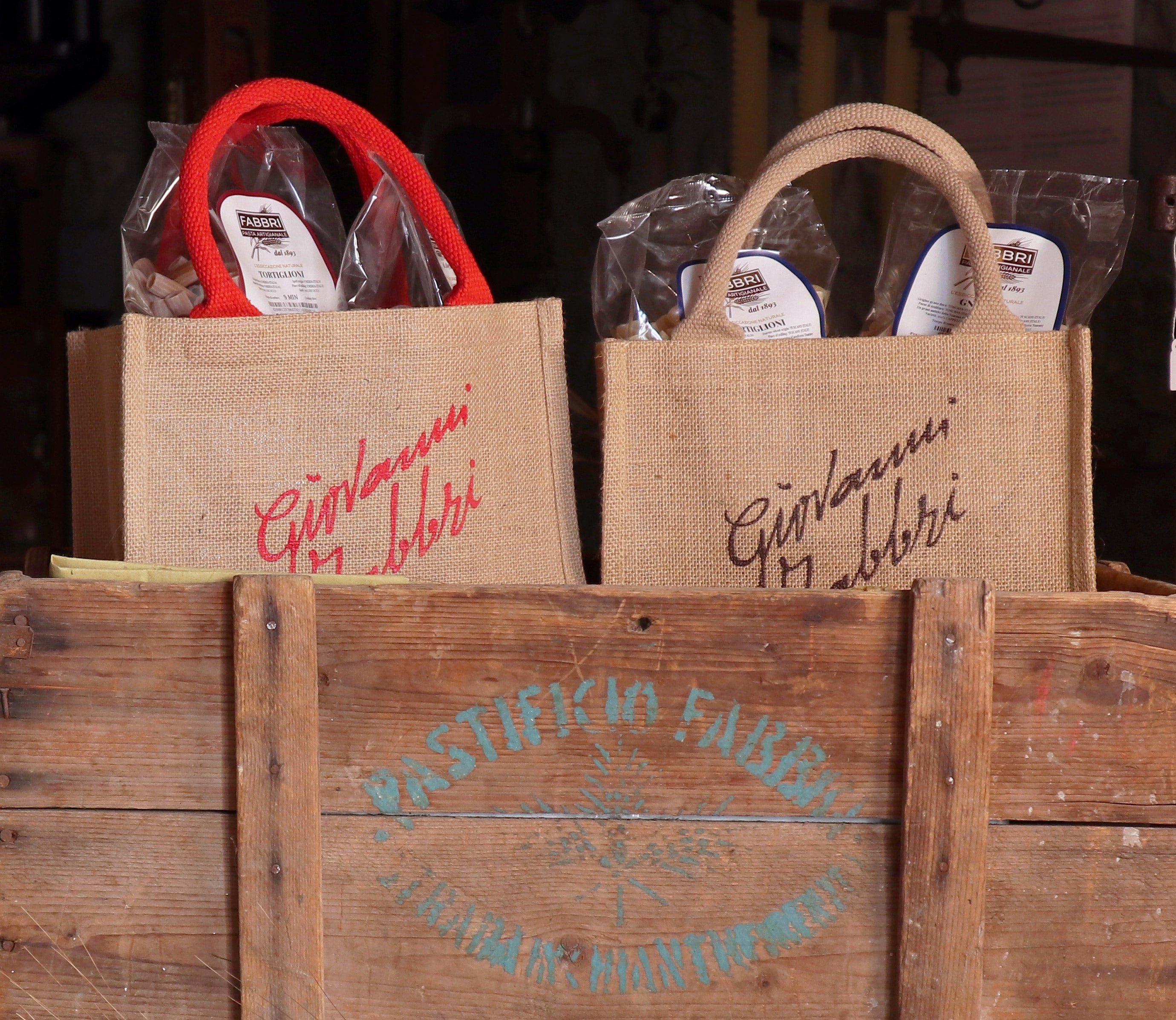A special pasta shape: the disco volante
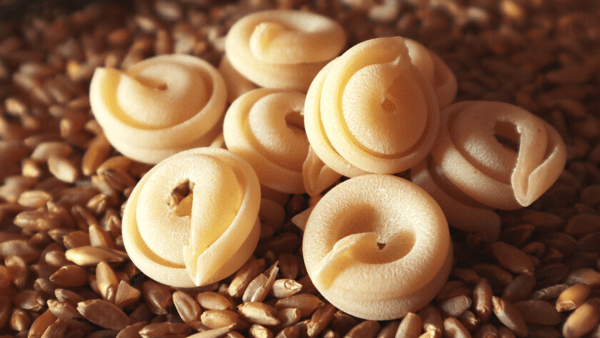
The world of pasta is full of variety and creativity.
hat makes this even more fascinating is that every time we taste a pasta dish, we can not only appreciate its flavour, but also its connection with culture and culinary tradition, thanks to its history.
The much-loved “disco volante” [flying saucer] is no exception.
History
The invention of this format is recent: it dates back to the first years after the Second World War, to what is considered to be the first UFO sighting of the modern era by the American private pilot Kenneth Arnold. Subsequently there were other sightings throughout the rest of world up to the city of Florence. Specifically, on 27 October 1954 , above the cathedral of Santa Maria del Fiore and the Artemio Franchi municipal stadium during the friendly match between Fiorentina and Pistoiese.
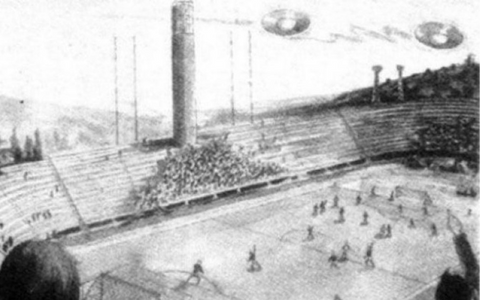
Silvio Neri’s illustration of the sighting at the Franchi stadium in 1954 (from Il giornale dei misteri)
In fact, unidentified objects were sighted that released white wadding on the football field that forced them to interrupt the game.
After the highly discussed event, many newspapers wrote articles on the subject.

Article of Nazione Italiana, 28 October 1954, one day after the sighting
How long have we been producing dischi volanti?
The pasta shape was inspired by that of flying saucers. In fact, only four months after the famous event, on 26 March 1955 Renzo Fabbri (third owner of the company) bought the die from the company Garibaldo Ricciarelli, which still allows us to make our dischi volanti today.
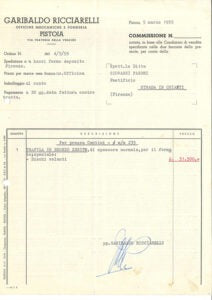
Invoice dated 26 March 1955
The production of this pasta shape has never stopped in the factory ever since then, and even today it is produced with a single round of pasta, just as you can see in the photo below.
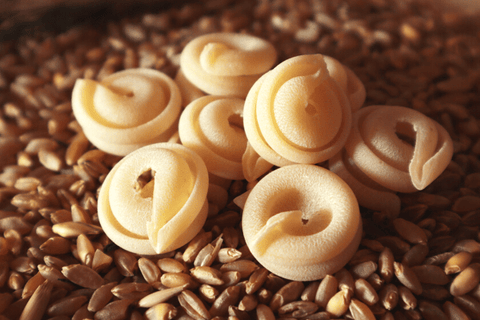
Some pasta factories in Italy purchased the die to make flying saucers, giving it different names depending on the geographical area. For example, in Campania they’re called Vesuvio, in Molise Messicani or Trulli, in Trentino-Alto Adige Turbanti.
And you? Have you ever tried them?
